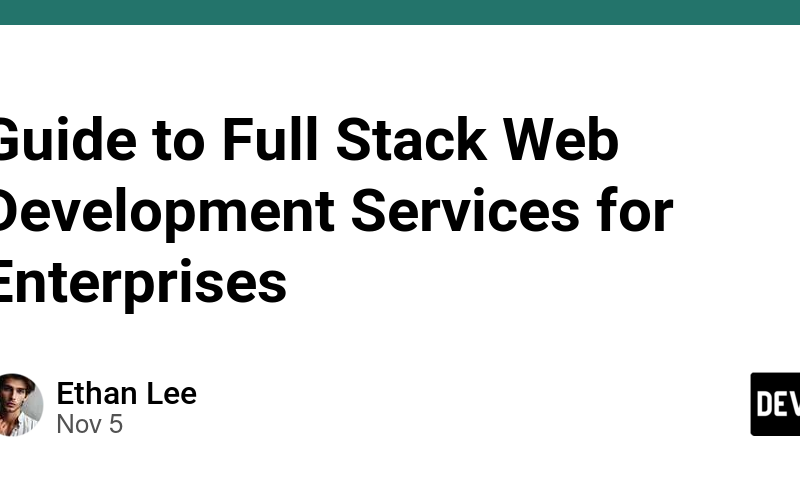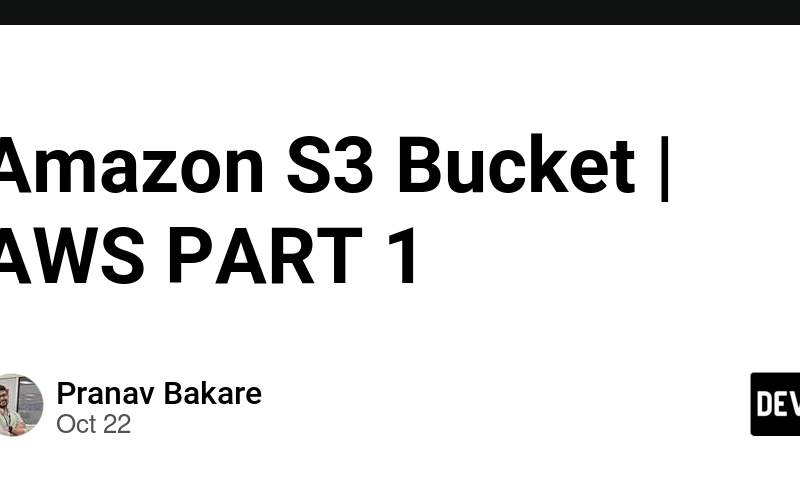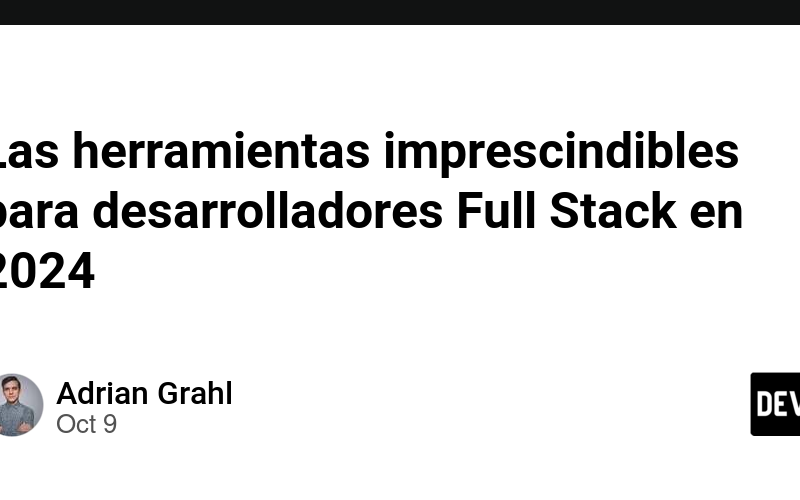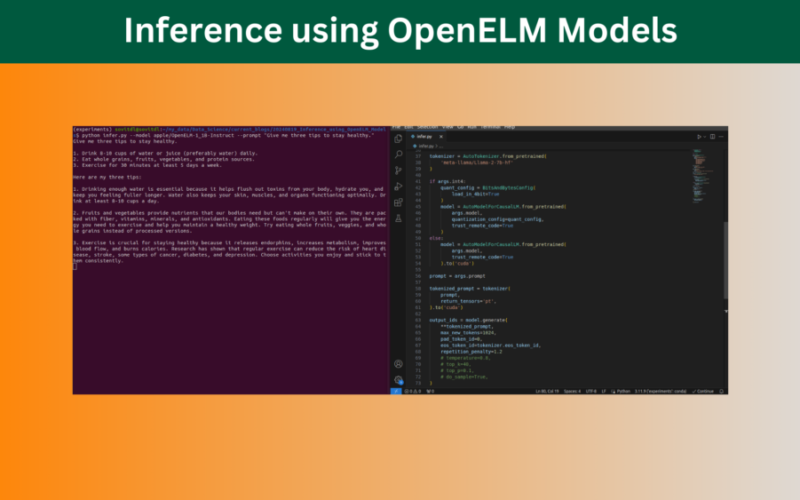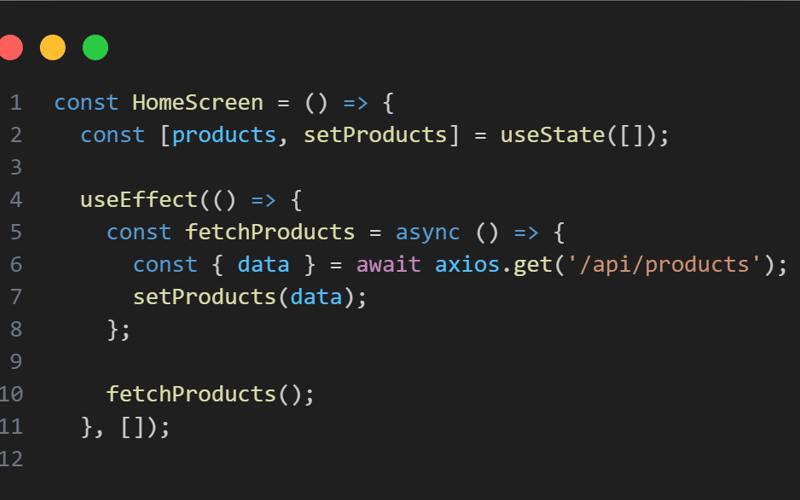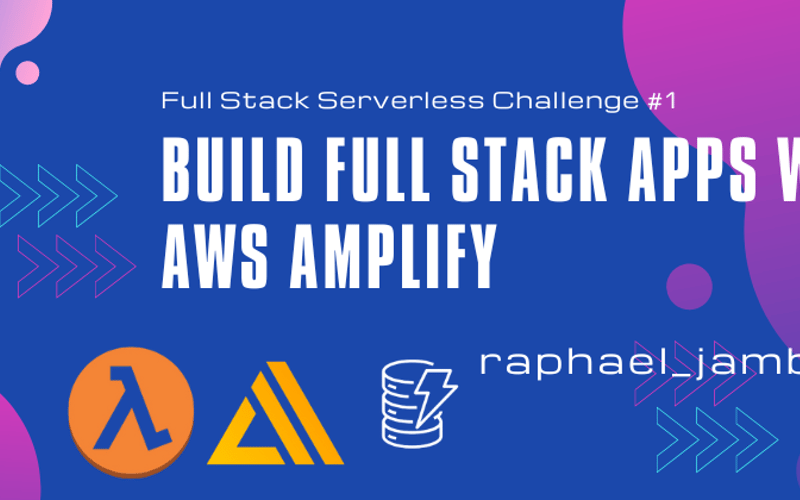15
Nov
In Oracle SQL, EXPLAIN PLAN and DBMS_PROFILER are tools used to analyze and optimize query performance, but they serve different purposes and provide distinct insights. EXPLAIN PLAN EXPLAIN PLAN helps you understand the query execution path chosen by the Oracle optimizer. It shows the series of operations Oracle will use to execute your SQL statement, such as table scans, index scans, joins, and sorts. By examining the execution plan, you can identify areas where the query could be optimized. Key Operations in EXPLAIN PLAN: Table Access: Indicates how the table is accessed, such as a full scan (TABLE ACCESS FULL)…


